A common nutrition myth I hear as a dietitian is that chicken breast is the “healthiest” cut. Why? The idea is that chicken thighs and other dark meat cuts are fattier and higher in calories. Let’s take a closer look at the myths and health benefits of all cuts of chicken.
Did you know the average person in the United States eats 97 pounds of chicken every year [1]? It’s a popular protein!
With chicken being a staple of the American diet comes the long-standing debate: white or dark meat? The choice sometimes comes down to a personal preference based on perceived health benefits or taste and texture. Chicken became more popular over the last decade since it is typically a more affordable option compared to other proteins, and it’s super convenient since you can always find it at your local grocery store.
Nutritionally, chicken is often the top selection when people are picking a meat-based protein but trying to be health-conscious. Lean meats such as chicken breast are often recommended as a “healthier” option when compared to other types of meat because it is low in calories and fat. But many times when you go to the grocery store, you’ll see that dark meat is cheaper than chicken breast. What gives?
It turns out that white meat isn’t necessarily healthier or of higher quality (more on that below). Instead, it’s often based on the fact that chicken breast is the most popular cut among shoppers so stores tend to up-sell based on demand.
The “Best” Cut of Chicken
Is chicken breast actually healthier? When selecting cuts of chicken, there are several options to choose from. Some of the most common options are:
- Breast
- Wings
- Thighs
- Drumsticks
Less common cuts include whole chicken for roasting or spatch cooking, or variations of whole or half chickens as a custom cut from your butcher. You can also find popular cuts like breasts and thighs in skinless and boneless options, or both.
Overall, chicken is a great source of protein (it contains all 9 essential amino acids!) that our bodies can easily use as fuel to help build muscle and strengthen bone [2]. Chicken even helps promote proper growth and development, especially during adolescence and pregnancy [3]. While chicken breast is commonly believed to be the healthiest cut, all cuts of chicken are nutritious and can fit into a balanced eating pattern. I personally don’t like chicken breasts because of the texture, and when given the option usually use thighs or dark meat.
Regardless of which cut you prefer, any of them can work in simple chicken recipes like these Hot Honey Chicken & Rice Bowls. Check out the recipe for three options that can please any palate!
If you’re wondering how the exact nutrient profile differs between the most popular cuts of chicken, check out this handy guide:
While dark meat is slightly higher in calories and fat, it actually contains more vitamins and minerals than white meat cuts, including vitamin B12, iron, and zinc [4]. Dark meats are typically more tender and contain more flavor, while I find that white meat is more likely to dry out when cooking, and have a chewier texture. It all comes down to personal preference but to me, a lot of recipes taste better with dark meat since their skin is able to hold in all of the flavorful juices. And while dark meat does contain more fat than white, chicken thighs contain both monounsaturated and polyunsaturated fats (4). These are the good kinds of fat which have the potential to promote heart health.
Street Smart Nutrition Tip: Don’t forget that fat carries flavor! That’s part of the reason why chicken thighs often seem so much more flavorful than leaner chicken breasts. Dietary fat also provides energy for your body and helps with the absorption of fat-soluble vitamins (vitamins A, D, E, and K).
Chicken is also a great source of choline, which helps us regulate mood, memory, and even promotes brain development and function. Of all the cuts, chicken wings are the best source of choline – one serving provides 111 milligrams!
Delicious Ways to Cook Different Cuts of Chicken
Since chicken is such a kitchen staple, you may not find it to be the most exciting ingredient. But cooking chicken doesn’t have to be boring! With the variety of cuts and skinless or boneless, there are endless options for baking, roasting, and even frying! There are also plenty of options for seasonings, breadings, marinades, or coatings. And even if you would prefer to not eat the skin, you can still cook with it on to help add flavor and hold in the juices while cooking. You can then just remove the skin before you eat and still enjoy the great flavor.
Q: What about “unhealthy” cooking methods like frying?
A: As a non-diet dietitian, I recommend you avoid getting caught up in the labeling of “good” vs. “bad” or “healthy” vs. “unhealthy” ways to eat chicken. While yes, there are nutritional differences that could impact health, those differences can also impact taste, texture, and satisfaction. If we apply the concept of gentle nutrition, foods like fried chicken or breaded wings can still have a place on your plate because you have an opportunity to include a variety of other nourishing foods (if you choose).
One nice thing about the versatility of chicken is that you can swap a similar cut of dark meat for white meat, or vice versa. For example, if you’re doing a sheet pan meal that calls for chicken thighs, you can get a good result using chicken breasts so long as you adjust the cooking time to avoid overcooking it. Likewise, an air fryer recipe for drumsticks can also work well with wings.
Also, if you are looking for a quick and easy meal option with limited prep, rotisserie chicken is always great! This can help cut corners with many recipes and is a good source of both white and dark meat. After all the meat is carved off, you can use the remaining rotisserie chicken to make an easy homemade chicken stock or broth full of all those great vitamins and minerals.
Also, if you’re a fan of rotisserie chicken for convenience, don’t miss my What to Make with A Rotisserie Chicken series with even more simple recipes! Start with Part 1, then click through to Part 2 and Part 3!
Important Food Safety Tips for Cooking Chicken
Another common misconception I see when it comes to cooking chicken is around cleaning and washing. Never wash raw chicken before cooking! This can increase your risk of catching or spreading illness. Before handling raw chicken just be sure to properly wash your hands and use a clean surface. If you’re thawing frozen chicken, make sure to thaw on the bottom shelf of the refrigerator in case any liquids drip. And when cooking, always check that your chicken reaches a minimum internal temperature of 165˚F.
So what’s the “best” cut of chicken? Well, as you can probably tell, it could be any of them! According to this dietitian, the “best” cut of chicken for you is probably the one that’s fully cooked, prepared in a way you enjoy, and one you bought for a price that fits your budget. There are some differences with chicken nutrition but it’s also important to think about the taste and texture of certain cuts that you might prefer over others.
Feeling inspired to get into the kitchen yet? If you want some ideas for new ways to prepare different cuts of chicken, check out these recipes!
- Yogurt Marinated Grilled Chicken Kebabs
- Grilled Chicken Pitas with Chipotle-Garlic Aioli
- Easy Weeknight Fried Rice with Rotisserie Chicken
- Grilled Romaine Caesar Salad with Chicken
Special thanks and author credit to Kristen Nicolai for her support with writing, citations, and design for this post.
References
- National Chicken Council | Per Capita Consumption of Poultry and Livestock, 1965 to Forecast 2022, in Pounds. National Chicken Council. Accessed September 9, 2021. https://www.nationalchickencouncil.org/about-the-industry/statistics/per-capita-consumption-of-poultry-and-livestock-1965-to-estimated-2012-in-pounds/.
- Marangoni F, Corsello G, Cricelli C, et al. Role of poultry meat in a balanced diet aimed at maintaining health and wellbeing: an Italian consensus document. Food Nutr Res. 2015;59:27606. doi:10.3402/fnr.v59.27606
- Health Benefits: What are the health benefits of eating chicken? Chicken Check In. Published January 7, 2020. Accessed September 9, 2021. https://www.chickencheck.in/faq/chicken-health-benefits/.
- Nutritional Values for Chicken. National Chicken Council. Accessed September 9, 2021. https://www.nationalchickencouncil.org/statistic/10-essential-nutrients/

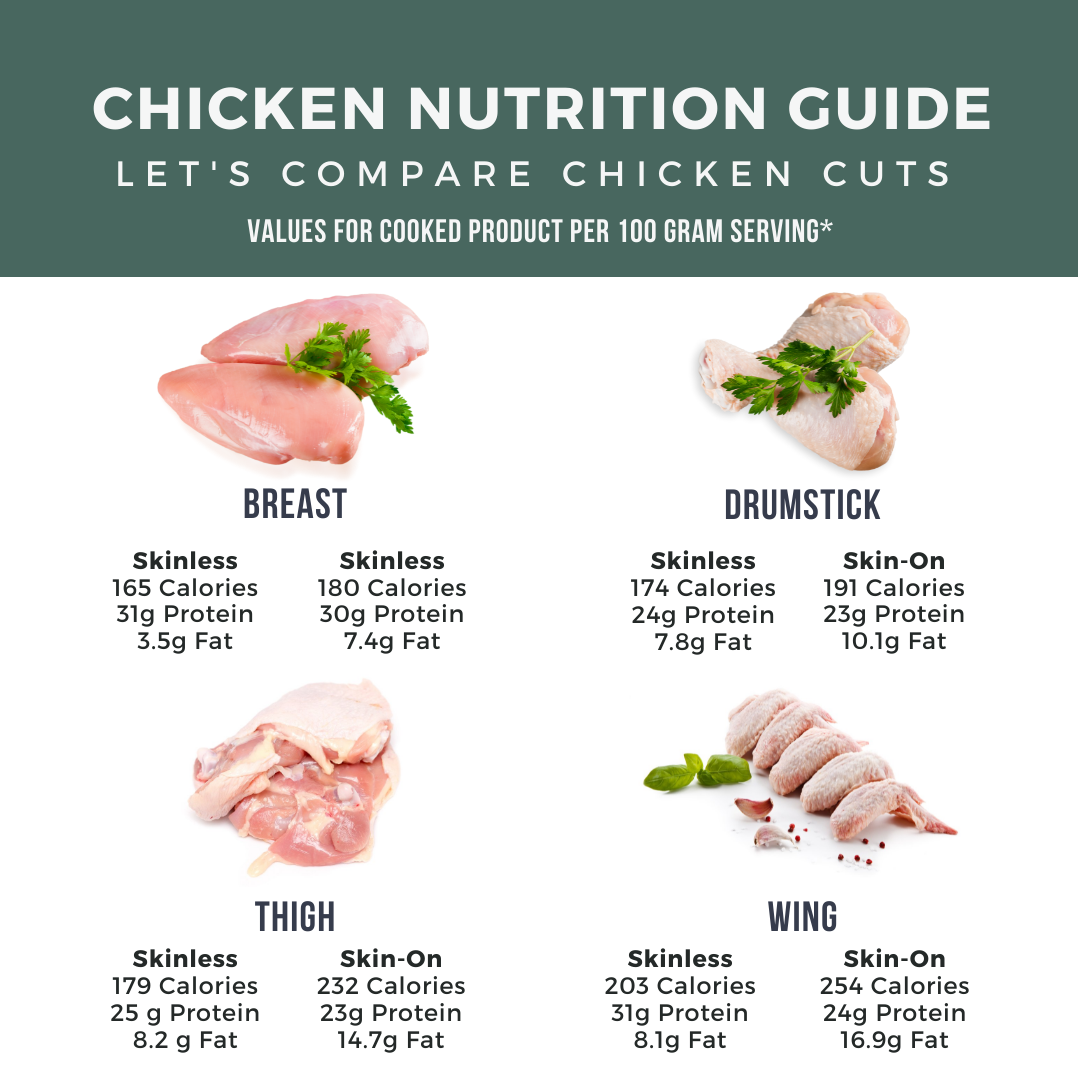

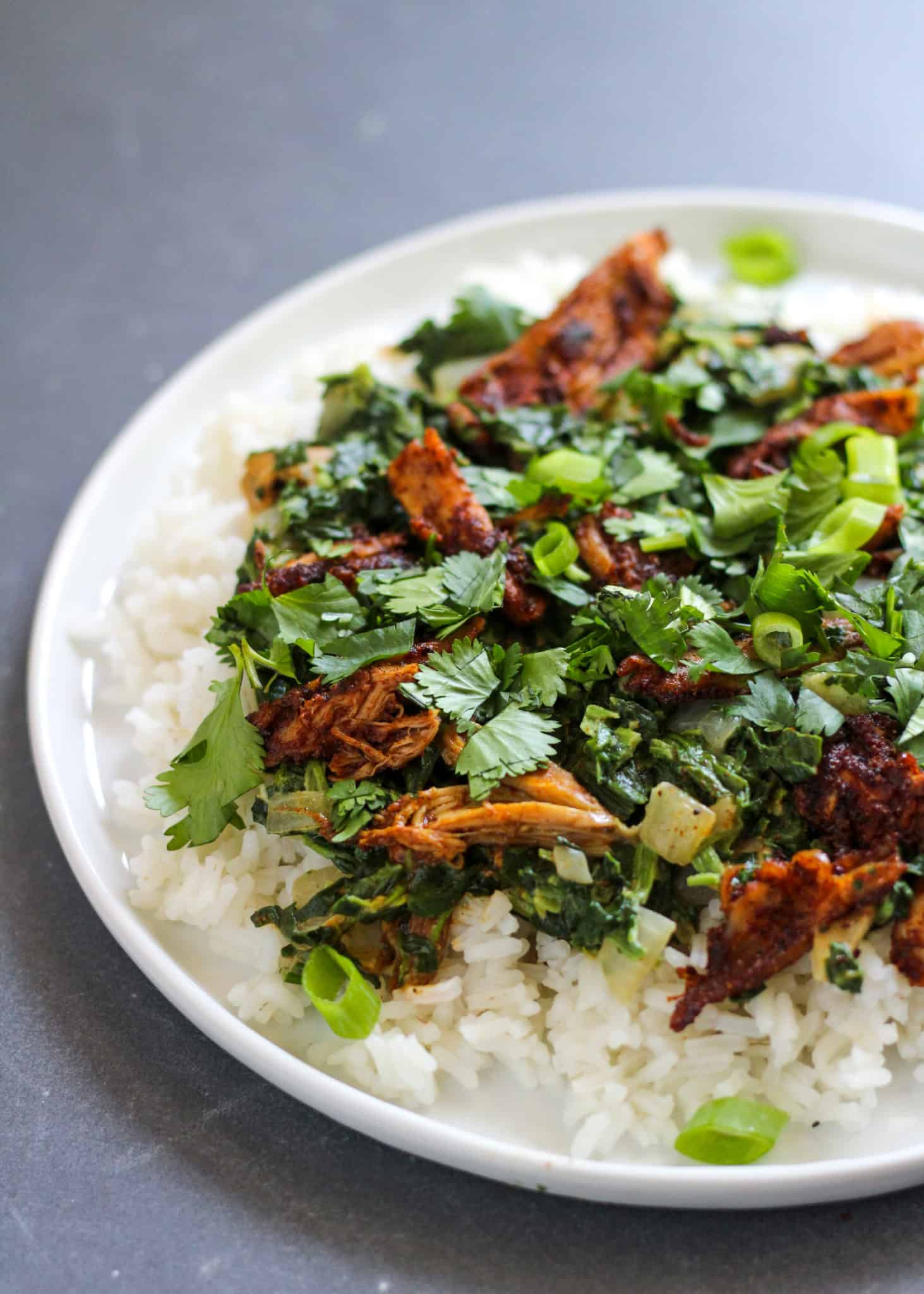

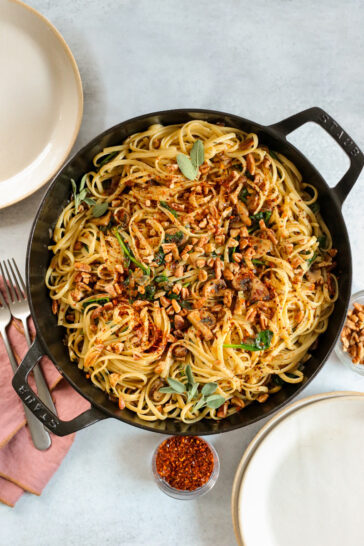
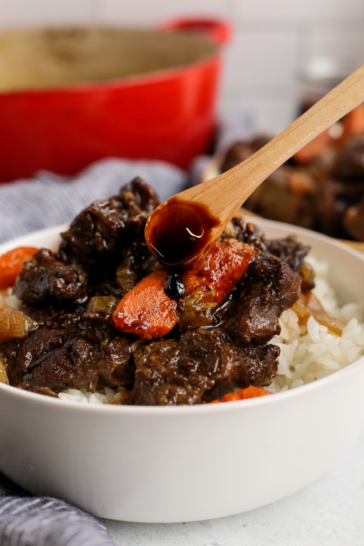
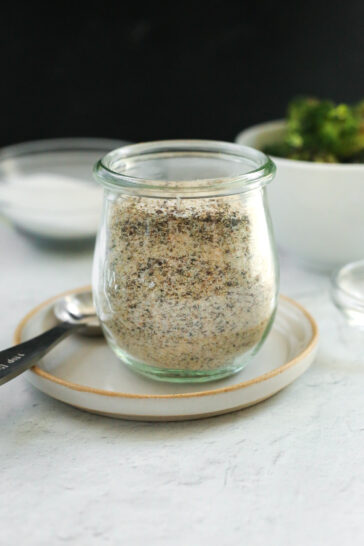
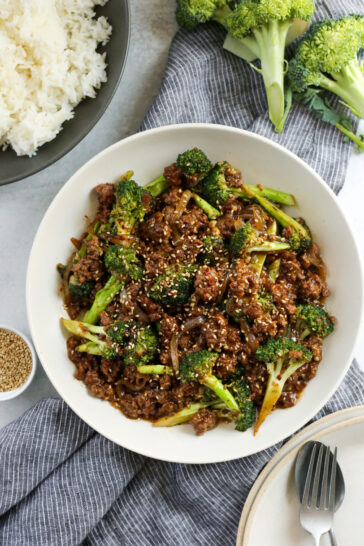
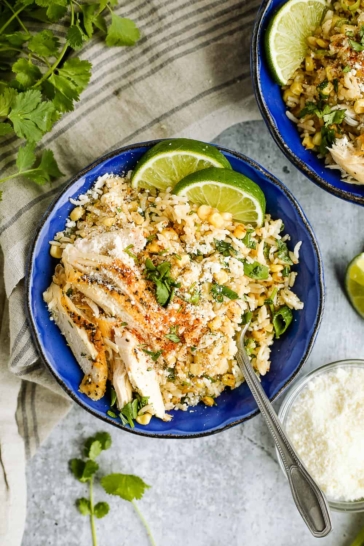
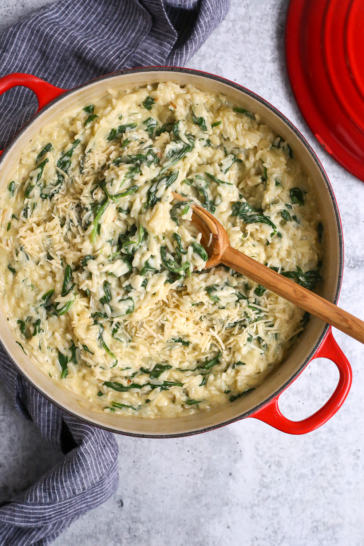







Questions & Reviews
Cara, that was a lot of information! But, without question, chicken is a high-protein, low-carbohydrate healthy dish. And, in my opinion, the most nutritious cut of chicken is the one that requires the least amount of oil to prepare. And, as you correctly stated, the perfect cut of chicken is the one that is perfectly cooked and that you love eating the most.
Cara, thanks for the interesting post! The nutritional value of various chicken parts varies. The leanest cut of chicken is a skinless chicken breast. It has fewer calories than other cuts of chicken while yet being substantial in protein. Similarly, darker pieces of meat, such as the thigh and drumstick, have a higher calorie content. So you may choose the chicken piece that best matches your tastes.